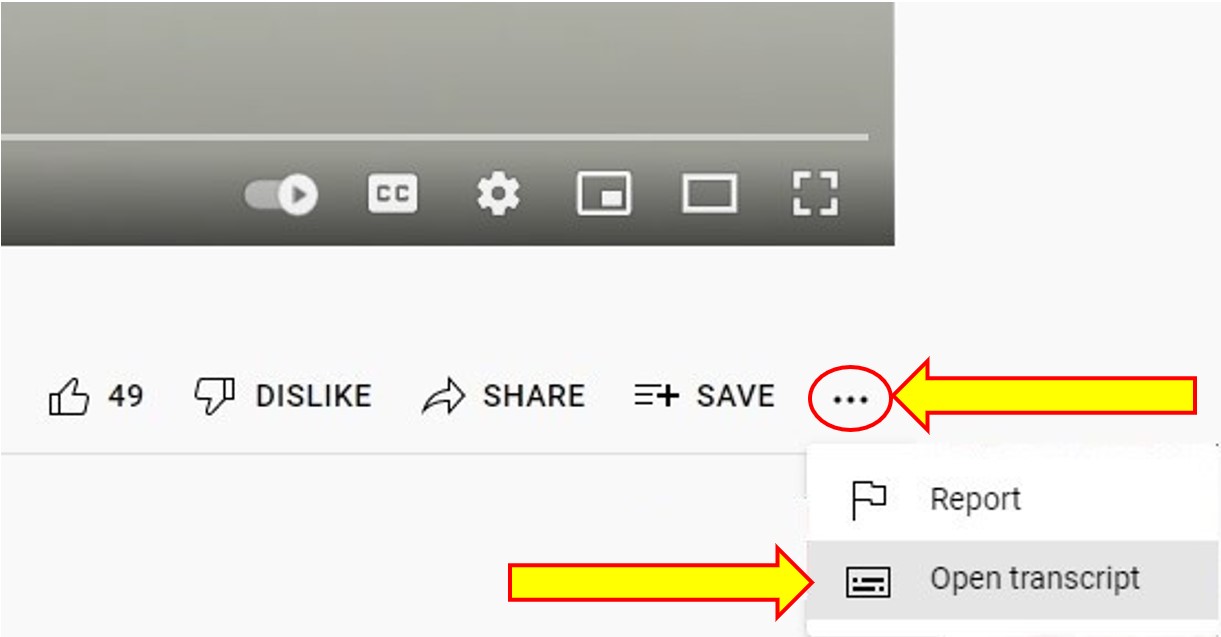2.1 Solution Focused Counselling

Solution-Focused Brief Therapy (SFBT) places focus on the person, the present and future circumstances and goals rather than past experiences. There is a discussion around developing a vision of the future and offers support as they determine the skills, resources, and abilities needed to achieve that vision successfully. SFBT is a short-term goal-focused evidence-based therapeutic approach.
Steve de Shazer who, along with Insoo Kim Berg, co-founded the Solution-Focused Brief Therapy (SFBT) approach. Future directions for SFBT, such as the emergence of professional associations, the increased research interest in SFBT as evidenced-based practice, the recent focus on process-research to determine the mechanisms of change within SFBT, and the application of SFBT to education are discussed. 1
Video: What Makes Solution-Focused Therapy Different
How Does SFBF Work?
The focus for SFBT involves first developing a vision of one’s future and then determining how internal abilities can be enhanced in order to attain the desired outcome. The therapist is a partner in this with the client as the expert. By working with them to explore the vision and work with self-directed strategies and encourage them to acknowledge and celebrate success.
Asking specific types of questions assisting the client through the session. By asking coping questions, this can assist in exploring the many ways they are capable of coping with challenges in their lives. For example “when this situation happens, how do you manage it, and continue with your daily obligations”? The conversation is assist people in recognizing their resilience and their skills in coping with adversity.
Miracle questions are used to help people envision a future in which the problem is absent. This allows people to explain how their lives would look different if the problem did not exist, which can help them identify small, practical steps they can take immediately toward change. “What would it look like if this problem was solved?”. By allowing the person to explore that conversation, quite often they begin to see that behavioural changes are possible and allow them to see possibilities of what can be done to create this change.
Scaling questions use a scale from 0–10 to assess present circumstances, progress, or how one is viewed by others. If there is not time to explore the miracle question, scaling questions can assist both the counsellor and the client to gain insight into the possibilities, motivation, and confidence to consider new possibilities. “On a scale of 1 to 10 how important is this to you?”. People who have difficulty verbalizing their experiences, or imagining new options may find this approach less challenging.
Who can Use SFBT
SFBT can be used by individuals, families and couples. It was created to help those in counselling to find solutions to challenges in many different areas such as families, schools, and workplaces. SFBT works well with individuals from different cultures, backgrounds, and age groups have all been shown to benefit from this type of therapy.
SFBT highlights a client’s ability to solve problems, rather than why or how the problem was created. It works with day to day challenges and works with mental health issues as well.
Video: Solution-Focused counselling with Insoo Kim Berg
Transcript
To Access the Video Transcript:
1. Click on “YouTube” on the bottom-right of the video. This will take you directly to the YouTube video.
2. Click on the More Actions icon (represented by three horizontal dots)
3. Click on “Open Transcript”

SFBT has continued to grow in popularity, both for its usefulness and its brevity, and is currently one of the leading schools of psychotherapy in the world.
“The Miracle Question, or the “problem is gone” question, is a method of questioning that a therapist can utilize to invite the client to envision and describe in detail how the future will be different when the problem is no longer present.
Imagine that tonight as you sleep, a miracle occurs in your life. A magical momentous happening has completely solved this problem and perhaps rippled out to cover and infinitely improve other areas of your life too. Think for a moment and tell me, how is life going to be different now? Describe it in detail. What’s the first thing you’ll notice as you wake up in the morning?”(de Shazer)”
This is not used often, but there are times when it is a great question to use. It allows someone to look at what it would look like and allow thinking of what actions need to be taken.
For more Information around Solution Focused Counselling:
References
- Video: Lutz, A. (2022b, April 21). What is Solution-Focused Therapy · Solution-Focused Therapy Institute. The Institute for Solution-Focused Therapy. https://solutionfocused.net/what-is-solution-focused-therapy/
- Video: PsychotherapyNet. (2009, April 2). Solution-Focused Couples Therapy Insoo Kim Berg Video [Video]. YouTube. https://www.youtube.com/watch?v=fQBZlgmebwY
- GoodTherapy Editor Team. (2018b, August 3). Solution-Focused Brief Therapy (SFBT) . https://www.goodtherapy.org/learn-about-therapy/types/solution-focused-therapy
- Lutz, A. (2022c, April 21). What is Solution-Focused Therapy · Solution-Focused Therapy Institute [Video]. The Institute for Solution-Focused Therapy. https://solutionfocused.net/what-is-solution-focused-therapy/
- Miller, B. K. A. (2022, August 21). 7 Solution-Focused Therapy Techniques and Worksheets (+PDF). PositivePsychology.com. https://positivepsychology.com/solution-focused-therapy-techniques-worksheets/
- Solution-Focused Couples Therapy Insoo Kim Berg Video. (2009, April 2). [Video]. YouTube. https://www.youtube.com/watch?v=fQBZlgmebwY
- Trepper, T. S., Dolan, Y., McCollum, E. E., & Nelson, T. (2006). Steve de Shazer and the future of solution-focused therapy. Journal of marital and family therapy, 32(2), 133–139. https://doi.org/10.1111/j.1752-0606.2006.tb01595.x
- De Shazer, S., Berg, I. K., Lipchik, E. V. E., Nunnally, E., Molnar, A., Gingerich, W., & Weiner‐Davis, M. (1986). Brief therapy: Focused solution development. Family Process, 25(2), 207–221

